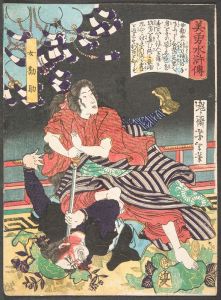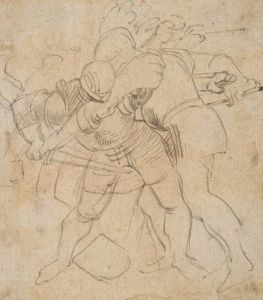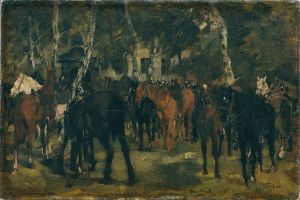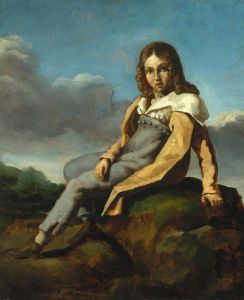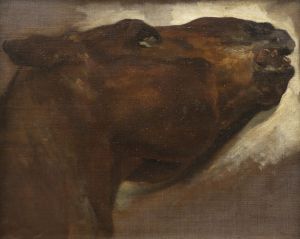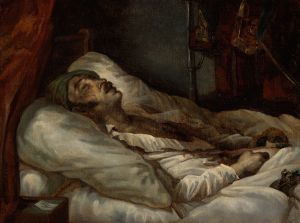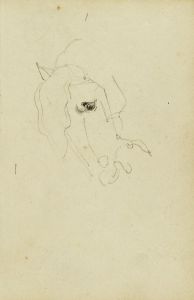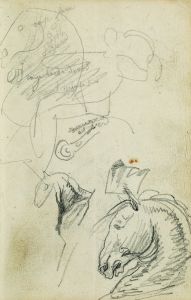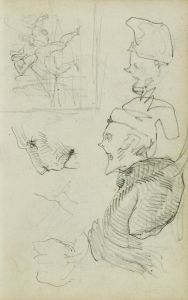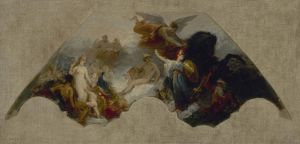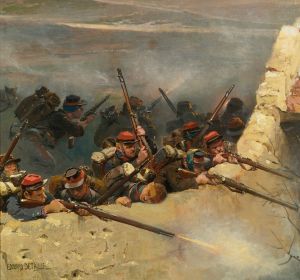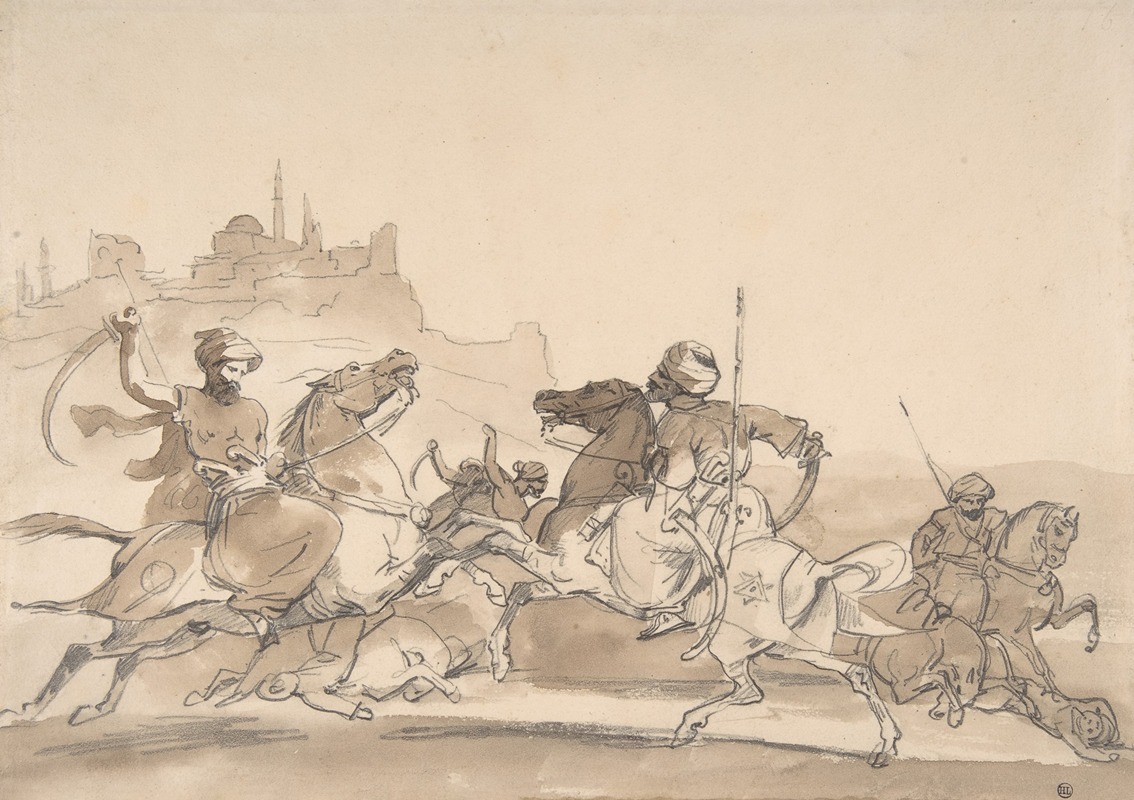
Combat of Oriental Horsemen
A hand-painted replica of Théodore Géricault’s masterpiece Combat of Oriental Horsemen, meticulously crafted by professional artists to capture the true essence of the original. Each piece is created with museum-quality canvas and rare mineral pigments, carefully painted by experienced artists with delicate brushstrokes and rich, layered colors to perfectly recreate the texture of the original artwork. Unlike machine-printed reproductions, this hand-painted version brings the painting to life, infused with the artist’s emotions and skill in every stroke. Whether for personal collection or home decoration, it instantly elevates the artistic atmosphere of any space.
Théodore Géricault, a prominent French painter and lithographer, is best known for his influence on the Romantic movement in art. One of his notable works is "Combat of Oriental Horsemen," a painting that reflects his fascination with dynamic movement and dramatic scenes. Géricault's work often depicted intense and vivid imagery, and this painting is no exception.
"Combat of Oriental Horsemen" captures a scene of intense action and energy, characteristic of Géricault's style. The painting portrays a group of horsemen engaged in a fierce battle, showcasing Géricault's skill in rendering movement and emotion. The composition is filled with swirling action, as horses rear and riders brandish weapons, creating a sense of chaos and urgency. This dynamic portrayal is a testament to Géricault's ability to convey motion and drama on canvas.
Géricault was deeply influenced by the works of earlier masters such as Peter Paul Rubens and the dramatic compositions of the Baroque period. His interest in equestrian subjects and military themes is evident in this painting, as he meticulously captures the anatomy and movement of the horses, as well as the tension and determination of the riders. The painting reflects Géricault's keen observation skills and his dedication to realism, even within the context of a highly dramatic scene.
The Orientalist theme of the painting aligns with the 19th-century European fascination with the exotic and the depiction of Eastern cultures. This interest was partly fueled by Napoleon's campaigns in Egypt and Syria, which had a significant impact on European art and culture. Géricault, like many of his contemporaries, was captivated by the allure of the East, and this painting can be seen as a reflection of that fascination.
Géricault's use of color and light in "Combat of Oriental Horsemen" further enhances the drama of the scene. The contrasts between light and shadow, along with the vivid hues used to depict the riders' costumes and the horses' coats, add depth and intensity to the composition. This use of color and light is a hallmark of Géricault's style, contributing to the emotional impact of his work.
While "Combat of Oriental Horsemen" is not as widely recognized as some of Géricault's other works, such as "The Raft of the Medusa," it remains an important example of his artistic exploration of movement and emotion. The painting exemplifies his ability to capture the human and animal form in motion, as well as his interest in themes of conflict and exoticism.
Théodore Géricault's legacy as a pioneer of Romanticism is evident in his dynamic compositions and his focus on dramatic, often tumultuous subjects. "Combat of Oriental Horsemen" is a testament to his skill and his enduring influence on the art world, showcasing his ability to blend realism with the emotional intensity that defines the Romantic movement.





